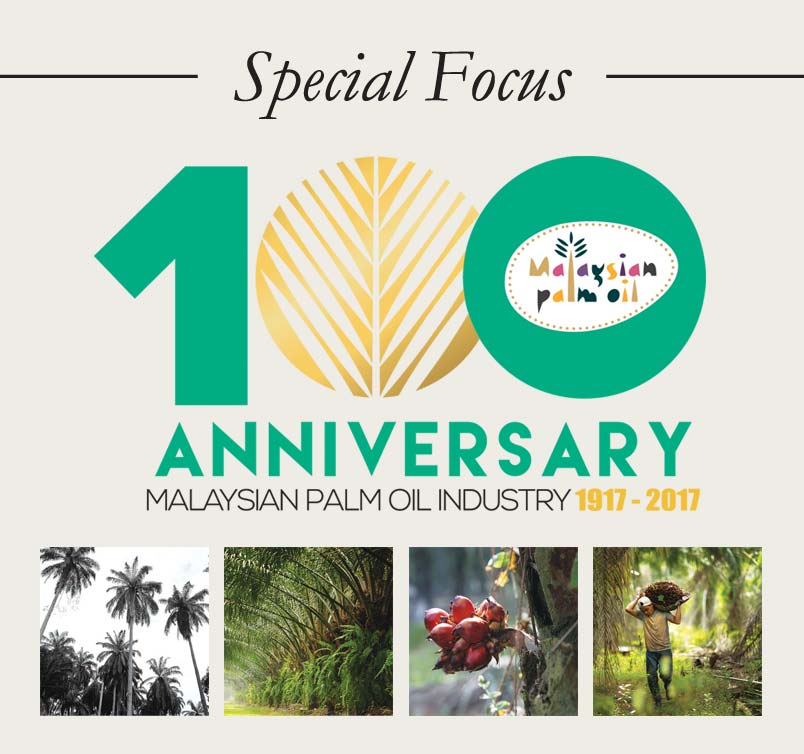




The introduction of weevils to the oil palm pollination process significantly accelerated Malaysia’s palm oil production.
Prior to 1981, yield of oil palm fruit bunches in Malaysia was very low. Hand-assisted pollination became necessary to increase the yield, but this was laborious and costly. The introduction of Elaeidobius kamerunicus weevils, a pollinating insect from Cameroon, at Mamor Estate in Kluang on Feb 21, 1981 was a turning point for the Malaysian oil palm industry. It came about because of a refusal to accept the established norm – that oil palm fruits could only be wind-pollinated.
With research assistance from the Commonwealth Institute of Biological Control, Elaeidobius kamerunicus was identified as the most efficient insect pollinator of oil palm due to its ability to pollinate in wet and dry seasons and carry more pollen. However, there were concerns that the weevil could also become a pest to other local crops. After a series of experimentation, an import permit was issued and Elaeidobius kamerunicus was finally released in Malaysia.
Its introduction into plantations raised the yield of oil palm fruit bunches per hectare dramatically. A year after its introduction, Malaysia recorded an increase of 0.4 million tonnes of palm oil and 0.3 million tonnes of kernels. Since then, the production of palm oil and kernels has continued to climb, saving the industry a cumulative total of more than RM44 billion in manual pollination costs to date.